Beheading a Pilea?
SoCal Stewart (San Diego, Ca Zone 10A/10B)
2 years ago
Featured Answer
Sort by:Oldest
Comments (18)
SoCal Stewart (San Diego, Ca Zone 10A/10B)
2 years agorina_Ontario,Canada 5a
2 years agoSoCal Stewart (San Diego, Ca Zone 10A/10B) thanked rina_Ontario,Canada 5aTiffany, purpleinopp Z8b Opp, AL
2 years agoSoCal Stewart (San Diego, Ca Zone 10A/10B) thanked Tiffany, purpleinopp Z8b Opp, ALSoCal Stewart (San Diego, Ca Zone 10A/10B)
2 years agoSoCal Stewart (San Diego, Ca Zone 10A/10B)
2 years agoTiffany, purpleinopp Z8b Opp, AL
2 years agoSoCal Stewart (San Diego, Ca Zone 10A/10B) thanked Tiffany, purpleinopp Z8b Opp, ALrina_Ontario,Canada 5a
2 years agoSoCal Stewart (San Diego, Ca Zone 10A/10B) thanked rina_Ontario,Canada 5aSoCal Stewart (San Diego, Ca Zone 10A/10B)
2 years agorina_Ontario,Canada 5a
2 years agolast modified: 2 years agoSoCal Stewart (San Diego, Ca Zone 10A/10B) thanked rina_Ontario,Canada 5aSoCal Stewart (San Diego, Ca Zone 10A/10B)
2 years agolast modified: 2 years agoken_adrian Adrian MI cold Z5
2 years agoSoCal Stewart (San Diego, Ca Zone 10A/10B) thanked ken_adrian Adrian MI cold Z5Tiffany, purpleinopp Z8b Opp, AL
2 years agorina_Ontario,Canada 5a
2 years agolast modified: 2 years agoSoCal Stewart (San Diego, Ca Zone 10A/10B) thanked rina_Ontario,Canada 5atapla (mid-Michigan, USDA z5b-6a)
2 years agoSoCal Stewart (San Diego, Ca Zone 10A/10B) thanked tapla (mid-Michigan, USDA z5b-6a)SoCal Stewart (San Diego, Ca Zone 10A/10B)
2 years agolast modified: 2 years agoSoCal Stewart (San Diego, Ca Zone 10A/10B)
2 years agotapla (mid-Michigan, USDA z5b-6a)
2 years agolast modified: 2 years agoSoCal Stewart (San Diego, Ca Zone 10A/10B) thanked tapla (mid-Michigan, USDA z5b-6a)





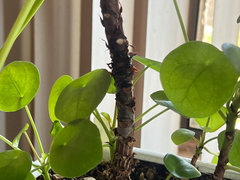

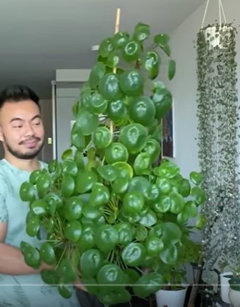

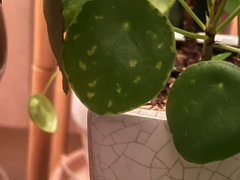
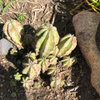

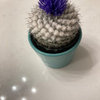
tapla (mid-Michigan, USDA z5b-6a)